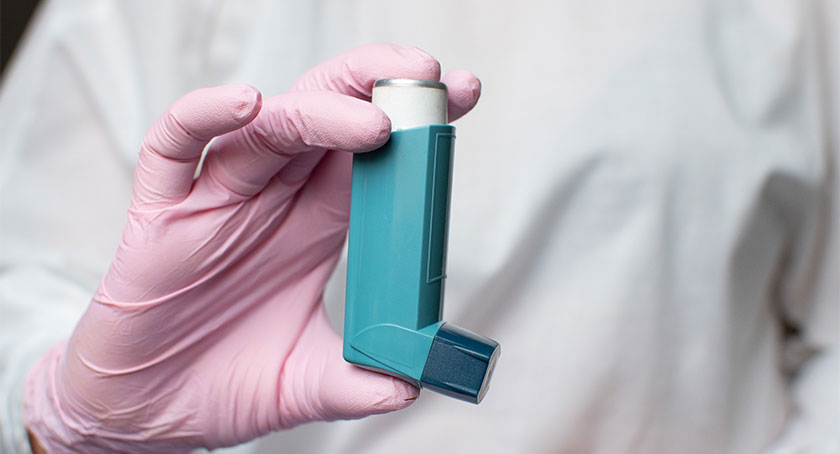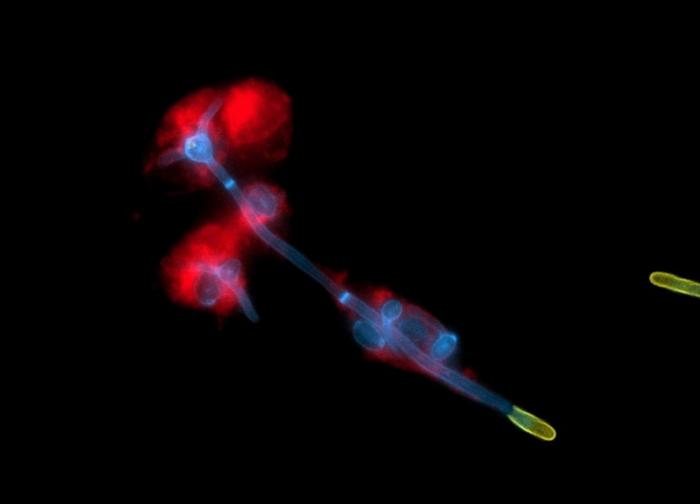Pressurized metered-dose inhalers (pMDIs) have served as a cornerstone of respiratory care for over fifty years, providing millions with essential therapeutic relief. However, the traditional hydrofluorocarbon (HFC) propellants used in these devices are significant contributors to greenhouse gas emissions, prompting global regulatory bodies to enforce stricter environmental standards. The urgency of this regulatory shift is underscored by the 2016 Kigali Amendment, which mandates a substantial reduction in HFC usage, with signatory nations committed to an 85% reduction by 2036.
As legislation evolves in Europe, the U.S., and beyond, pharmaceutical companies face a dual challenge: reformulating pMDIs to utilize next-generation propellants (NGPs) while ensuring product efficacy and patient adherence. This transition is not merely a matter of substituting one propellant for another; it necessitates comprehensive reformulation efforts that address formulation stability, device compatibility, and rigorous regulatory compliance. Companies that delay adaptation risk being unable to meet patient needs as exemptions for inhalers dwindle.
To navigate this complex landscape, pMDI developers must engage in proactive regulatory planning, evaluate propellant options judiciously, and prioritize patient-centric design in their reformulation strategies. Collaborating with regulatory bodies, supply chain partners, and patient advocacy groups will be crucial in ensuring that the transition to greener propellants is both successful and sustainable, ultimately benefiting both the environment and patient health.
Start your 7-day trial and see what the database can do →



